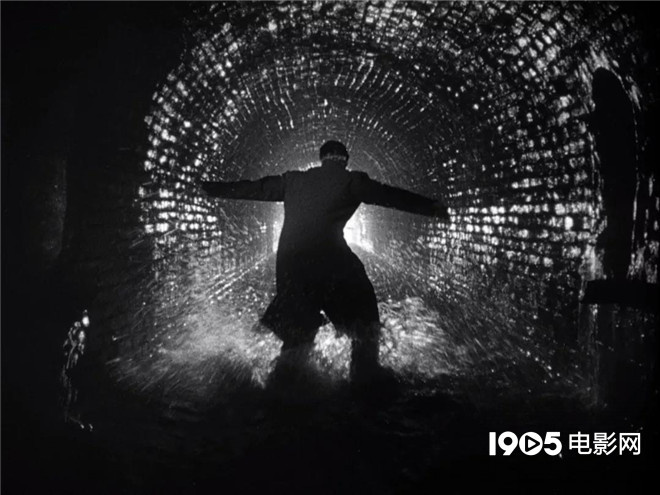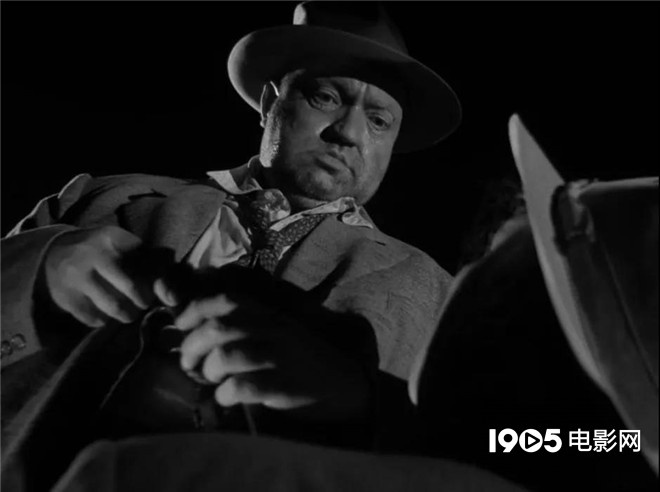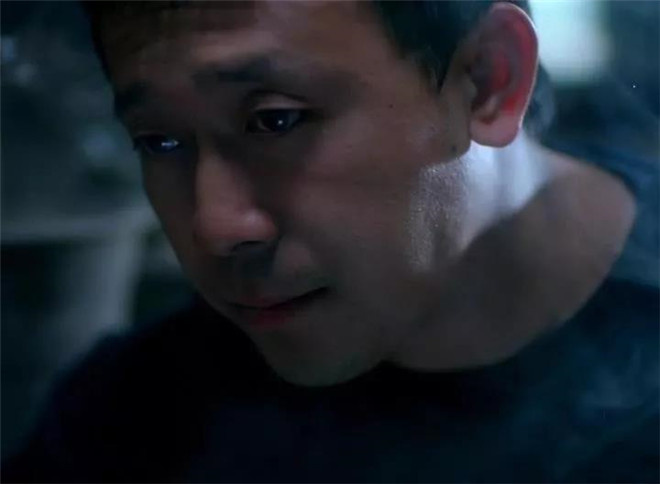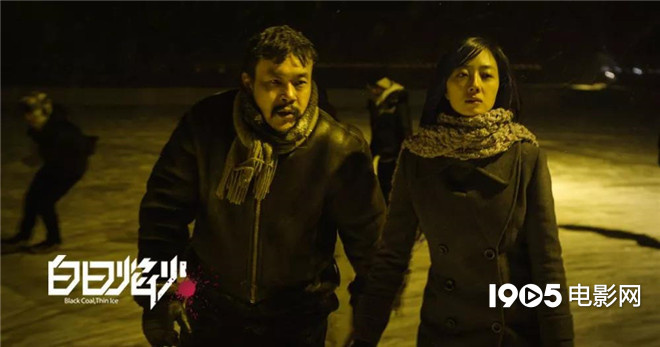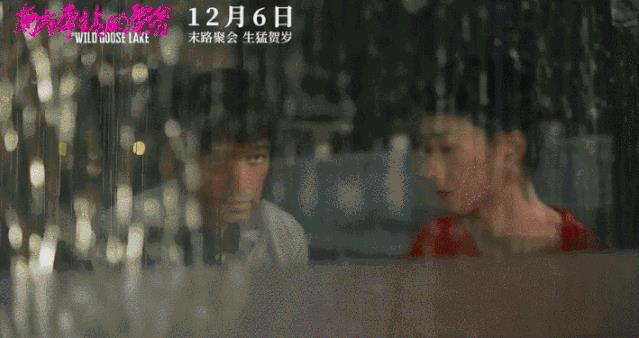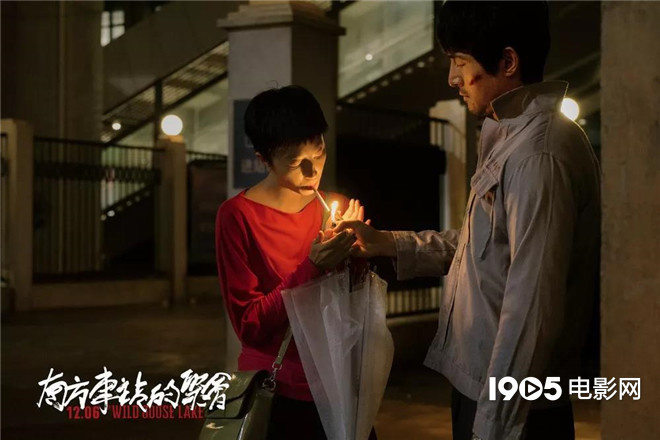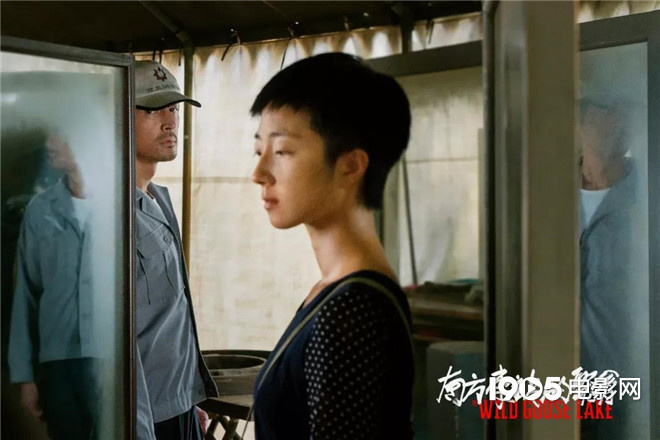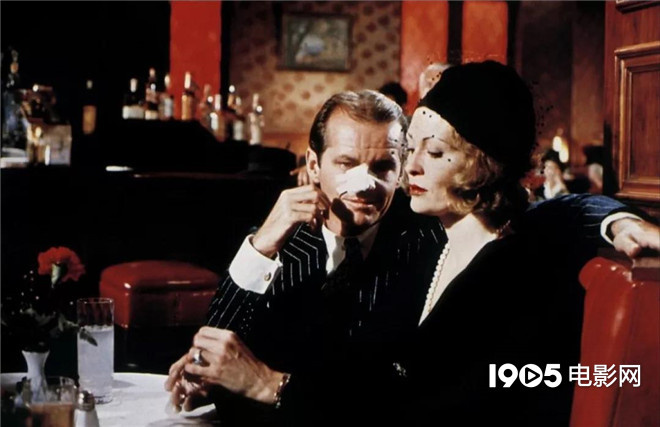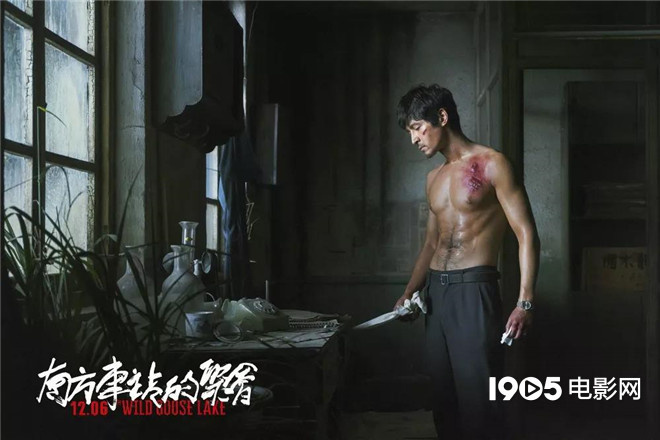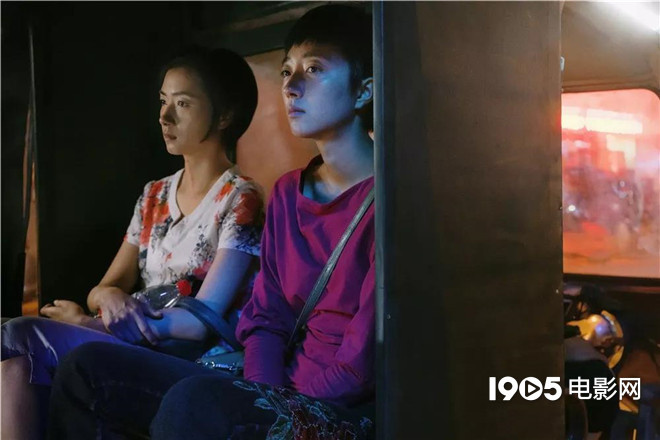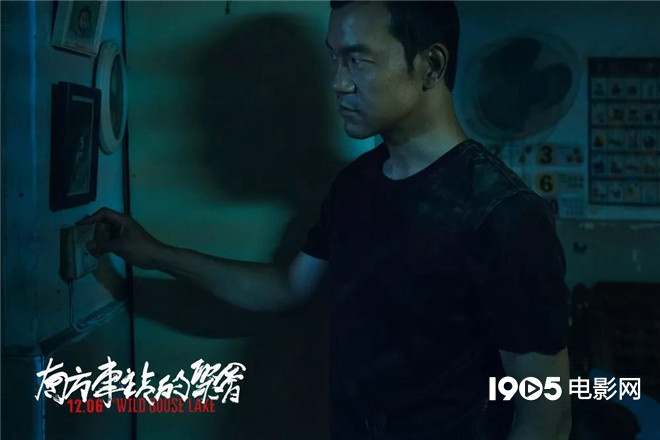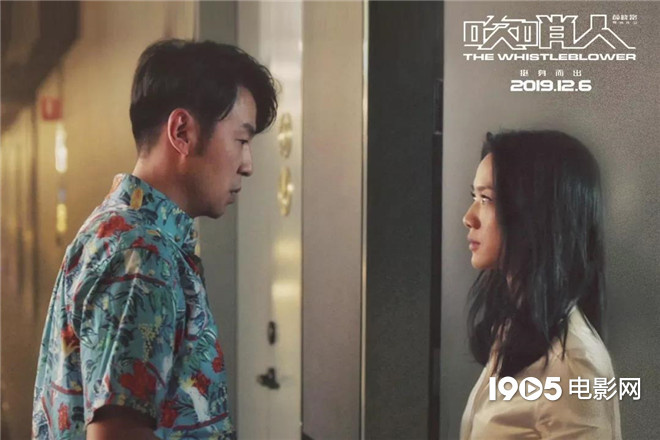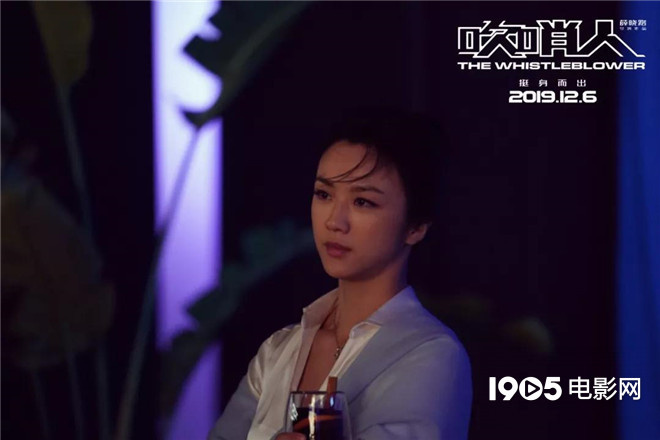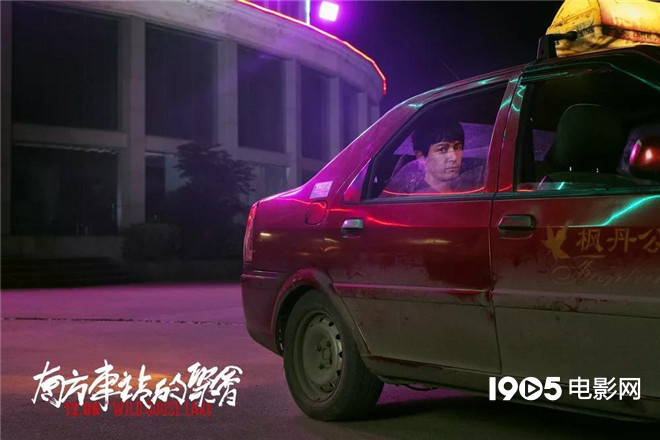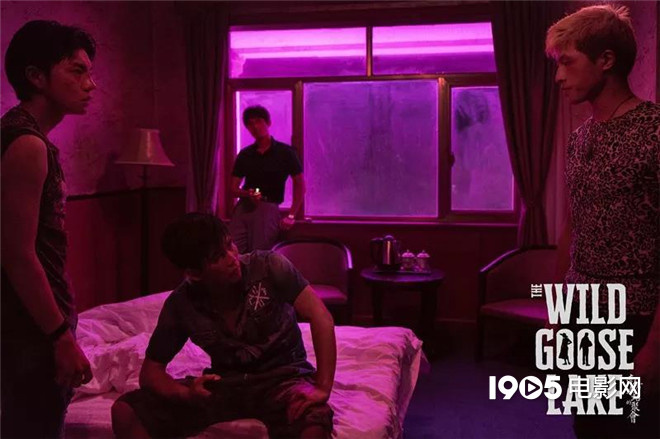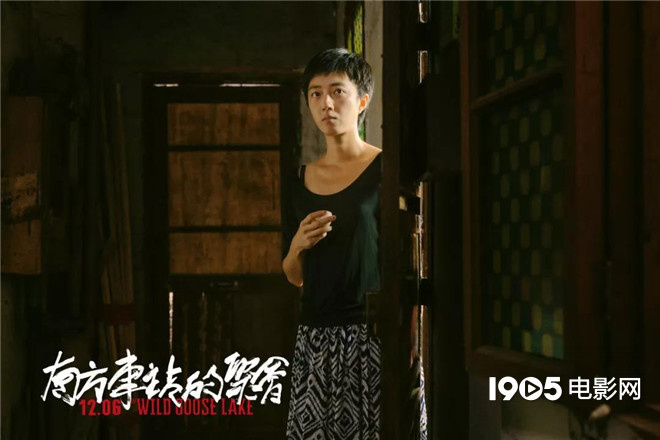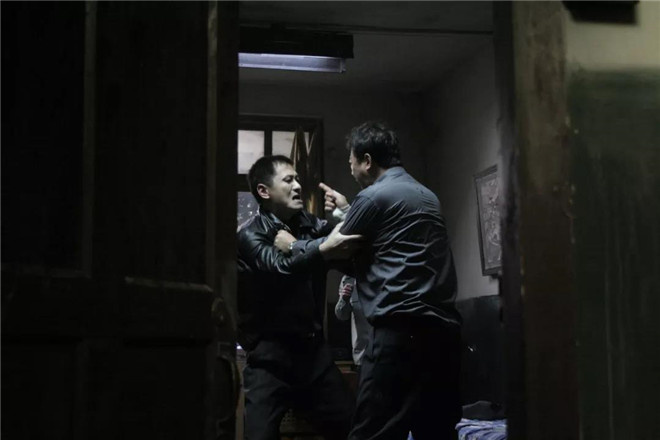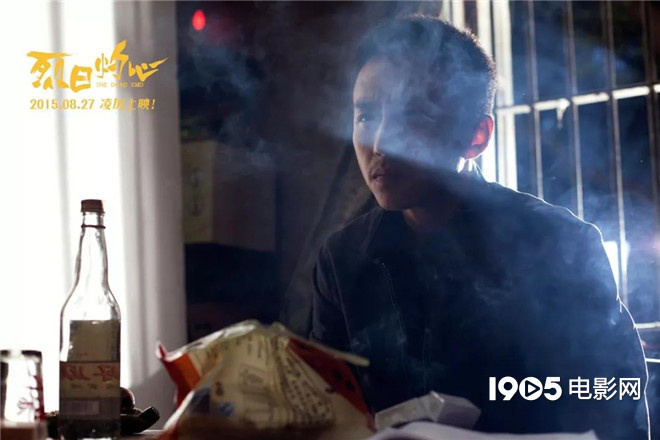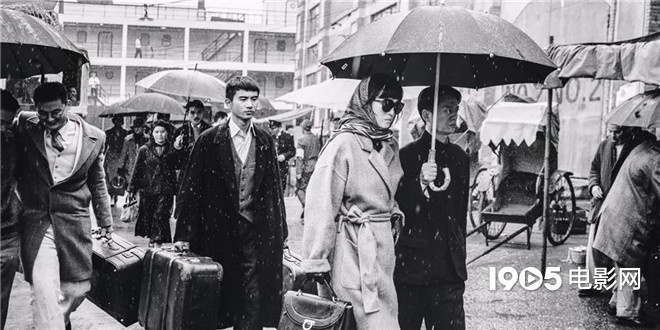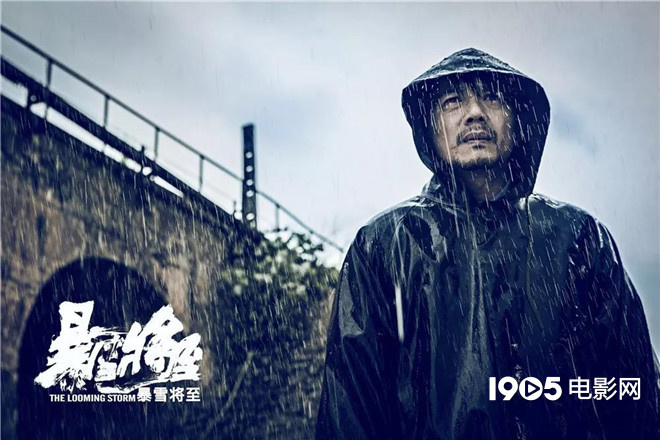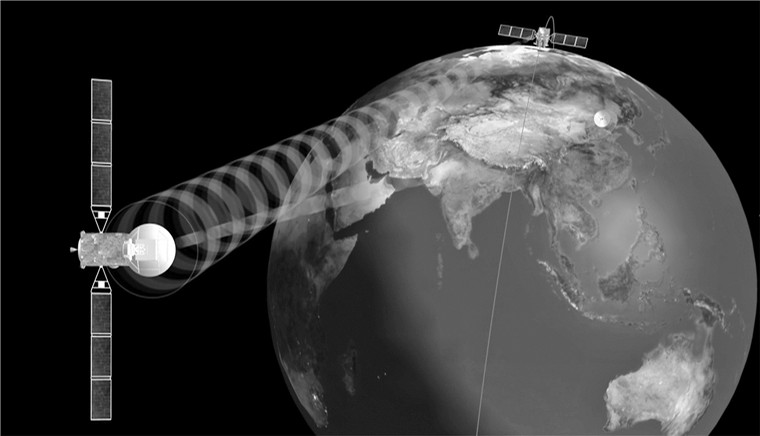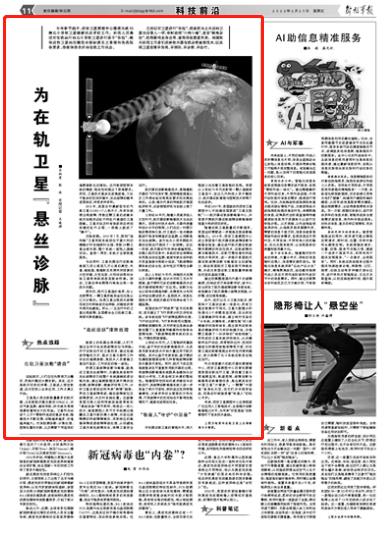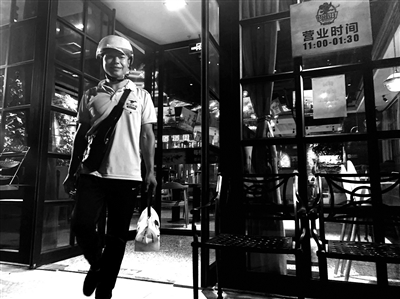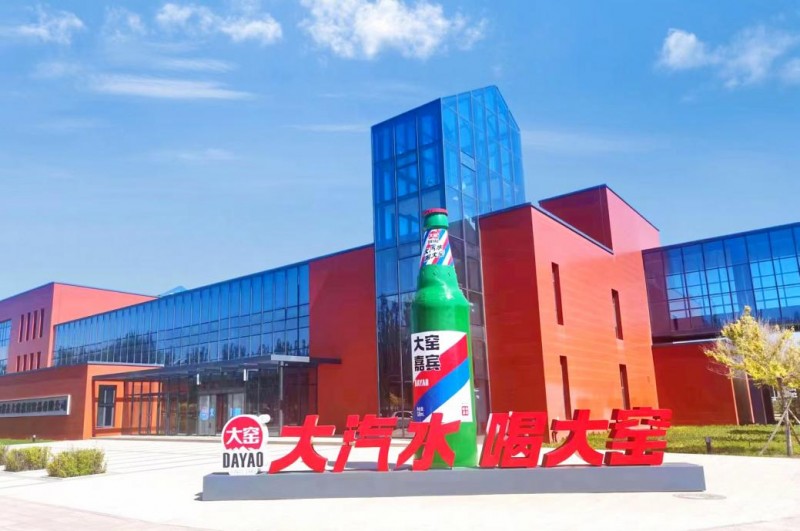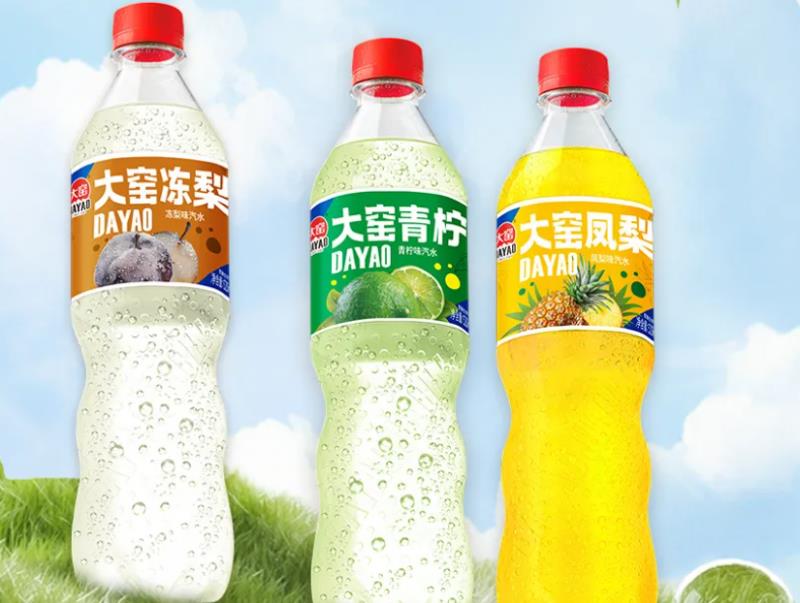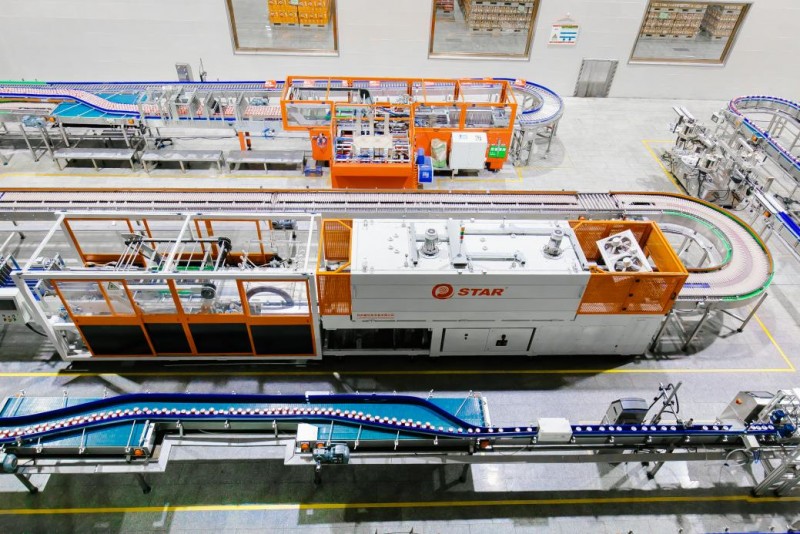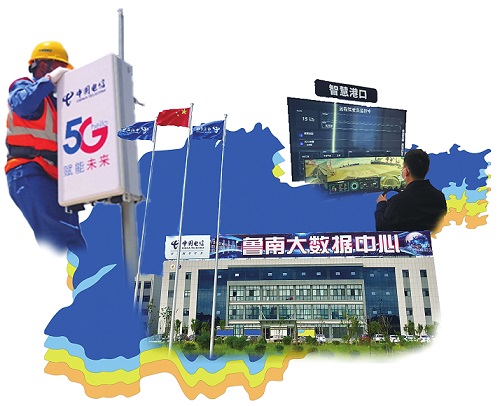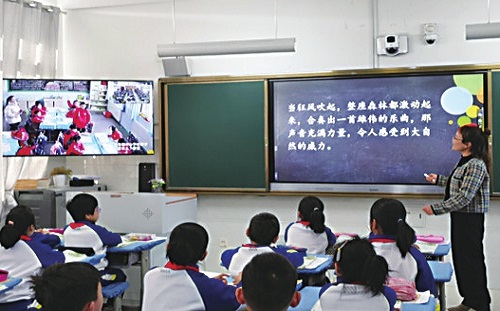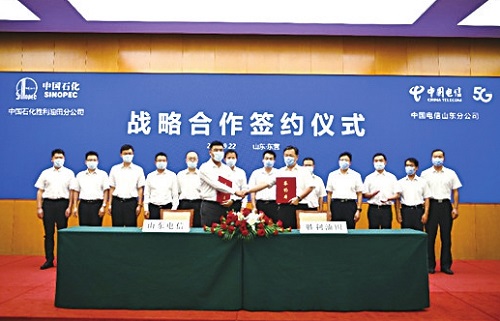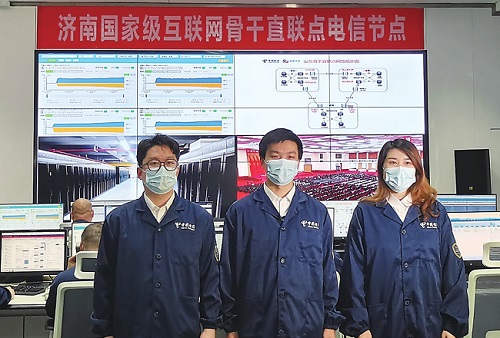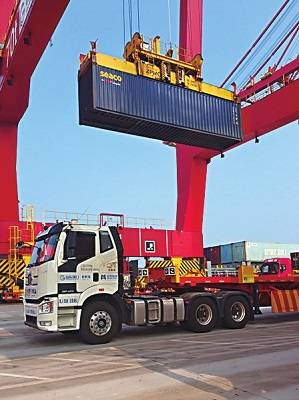How should Meituan Q3 financial report be interpreted?
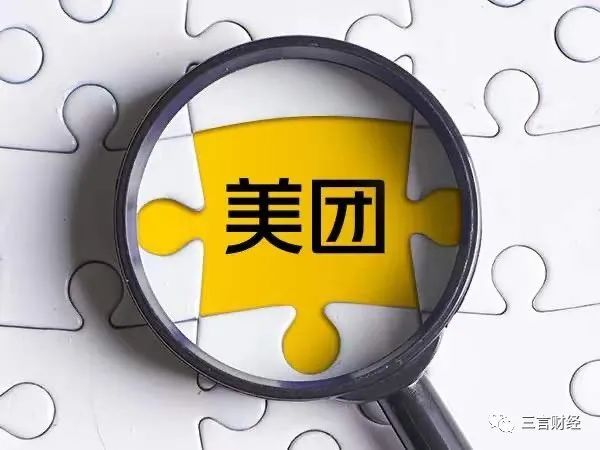
Produced by Sanyan Finance
Author | DorAemon
On November 30, Meituan announced its third quarter 2020 financial results.
According to the financial report, during the reporting period, Meituan achieved revenue of 35.40 billion yuan, an increase of 28.8% year-on-year and an increase of 43.2% month-on-month. Achieved profit of 6.32 billion yuan, an increase of 374.1% year-on-year. Excluding the impact of fair value changes, profit and loss, the company’s adjusted net profit in the third quarter was 2.05 billion yuan, an increase of 5.8% year-on-year.
From a business perspective, Meituan’s catering takeaway business earned 20.69 billion yuan in the third quarter, an increase of 32.8% year-on-year; contributed 770 million yuan in operating profit, an increase of 132.2% year-on-year, and an operating profit margin of about 3.7%;
The revenue growth rate of the store, hotel and tourism business was 4.8%, generating an operating profit of 2.79 billion yuan, an increase of 19.5% year-on-year, and an operating profit margin of 43.0%.
New business and other businesses lost 2.03 billion yuan, an increase of 68.8% year-on-year.
Meituan handed over the third quarter report card, which can be described in four words: steady and steady. This financial report truthfully reflects the operating performance of Meituan company so far, and the overall performance is good.
However, I didn’t expect this financial report to be interpreted differently by various media for no reason. Meituan’s third-quarter results were described as a bit "flashy".
Clear the clouds and see the sun
The problem actually lies in the "change in fair value of investment listed entities RMB 5.80 billion yuan" disclosed in the financial report.
The proceeds were primarily derived from Meituan’s investment in Li Auto.
Previously, Meituan led Li Auto’s $550 million D round of investment, and Li Auto went public in the United States on July 30 this year. In the third quarter, Li Auto rose by more than 30%; and the ideal share price in the fourth quarter has also been performing well.
So some people bluntly said that Meituan’s performance depends entirely on "ideals".
With the media further hype brewing, the news about Meituan’s third-quarter earnings report in the past few days has actually formed a situation of "every Meituan must mention ideals".
Not only that, but various media also focused on the loss of new business in the financial report. Combining the increase in new business losses year-on-year and the profit of investment ideals, it was concluded that "Meituan actually did not perform well, and investment ideals were the’fig leaf ‘for its new business losses".
So much so that there are good people who write this matter into a joke, which is ridiculed by netizens.
But in all fairness, is Meituan really so "unbearable"? Now there is a threshold for the interpretation and analysis of financial reports?
So, what exactly does Meituan’s third-quarter earnings report show?
"Investing" is a normal operation
First of all, Meituan’s investment in Li Auto was successful and profited from it. This is indeed an objective fact.
In fact, contrary to what many media understand, this represents that Meituan has excellent investment vision and strategic thinking in the layout of cutting-edge technologies. Success is natural.
Investment is a normal behavior in business operations, and usually there are two main purposes for this kind of investment. The first is to lay out the layout of your own business ecosystem; the second is to broaden the company’s revenue channels, so as to obtain enough resources to expand your own business.
When a company reaches a certain scale, its business development must pay attention to layout and ecology. But to build a good ecosystem, it is often not covered by its main business.
So Meituan’s investment ideal has reaped profits. Although it seems to be a "cross-border", it is essentially based on Meituan’s long-term value judgment of an industry and supplements its own strategy and business.
New business strategic loss
Another question about Meituan is the loss of new business.
Meituan’s third quarter 2020 financial report shows that the new business and other items achieved revenue of 8.23 billion yuan, but the operating loss was 2.03 billion yuan, an increase of 68.8% year-on-year.

If it is foolish to regard the investment ideal as a "fig leaf", then combining the loss performance of Meituan’s new business with the investment ideal, saying that Meituan has many operational problems is bad.
Although "net profit" and "net loss" are indeed important indicators to measure a company’s performance in a company’s operations, they are not the "only indicator".
In short, a company’s loss doesn’t necessarily mean "the company is going to die".
Meituan’s new business and others mainly include shared bicycles and Meituan’s preferred business launched in July this year, which marks Meituan’s official entry into community group buying.
Wang Xing revealed that Meituan plans to cover more than 1,000 municipalities by the end of the year. And Meituan needs to better integrate resources, provide better products and improve supply chain and logistics.
In addition, Meituan is also responsible for developing various services and products in the entire platform system in order to optimize the user experience.
Sanyan Finance also reported in previous articles that "community group buying" has become a must for major Internet Tech Giants.
So to start a business in a new field, it is necessary to invest huge resources in the early stage. However, the investment is huge, and the return is not immediate.
So it is common for new business to lose money, otherwise how can it be called "new" business?
Furthermore, Meituan’s new business revenue growth just shows the hard power that Meituan has been accumulating "steadily". Because if there is no strong foundation laid by the previous development, how can you invest resources in the new business to seize the market and compete with other Internet Tech Giants?
Therefore, the ideal investment and new business losses not only fail to prove that Meituan "has no martial arts ethics" and relies on Li Auto to cover up the losses, but also prove that Meituan is an Internet company with unique vision and hard power.
Explore old businesses and develop new ones
Putting aside the misreading of Meituan’s financial report, Meituan’s overall performance in the third quarter was still quite good.
In addition to the financial data of Meituan’s various businesses mentioned earlier, let’s take a look at the performance of various business operations.
According to the financial report, Meituan’s annual active merchants reached 6.50 million, and the annual transaction users reached 480 million, showing a steady growth trend; this year, more than 4 million riders have achieved employment and income through the Meituan platform.

In addition, the average daily number of food and beverage takeaway transactions was 34.9 million, an increase of 30.1% year-on-year, and the average value of each food and beverage takeaway business order increased by 4.5% year-on-year.
Combined with the financial data, the transaction volume of food and beverage takeaway business was 152.20 billion yuan, an increase of 36.0% year-on-year; the revenue was 20.70 billion yuan, an increase of 32.8% year-on-year; the operating profit reached 768.5 million yuan.
Store, hotel and tourism revenue 65 billion yuan, an increase of 4.8%; operating profit 2.80 billion yuan, operating profit margin increased by 43.0%.
If we compare Meituan’s new business and old business data, we can see that Meituan has not given up its old business due to the development of new business.
In general, the total amount of resources is limited, and companies tend to allocate resources in a certain proportion. New business will receive more resources, while old business will have less resources to at least maintain the status quo.
That is to say, the underlying logic of this quota is to "explore new business and develop old business". There is nothing wrong with adopting this model for development. After all, new business often represents "unknown", and enterprises need to focus more on "exploration".
But for Meituan, Meituan’s business development is "exploring old business and developing new business".
The so-called exploring old business is actually constantly cultivating existing business with new ideas. After the epidemic, Meituan adopted a more accurate and high-quality marketing plan to upgrade in response to the arrival of the peak order season. This has increased the willingness of catering takeaway merchants to purchase traffic. Therefore, in the financial report, the platform’s third quarter takeaway online marketing service revenue increased by 60.1% year-on-year.
The essence of Meituan’s old business is actually to solve the problem of "food" for users. Like the emergence of takeaway services, it is convenient for users to eat what they want without leaving home.
Meituan did not stop on this basis, but instead asked users to upgrade to "eat better".
The core of this "helping everyone eat better and live better" is also based on the concept of consumption upgrading. Consumers’ dietary needs have become more abundant, and they must have more choices.
In the financial report, the order amount of food and beverage takeaway business increased by 4.5% in the third quarter, which shows that the platform brand merchants have improved; at the same time, the number of newly launched brand merchants in takeaway in the quarter increased by 157%, and consumers have more choices. In the third quarter, the booking business of Meituan Hotel also increased accordingly, and the high-star hotel cooperating with Meituan also increased significantly month-on-month.
At the same time, all kinds of "new tricks" have also been popularized and developed through the Meituan platform, such as escape room. Most merchants choose Meituan, Dianping and other platforms as their main way to acquire customers.
Meituan’s "development" of new business is actually an extension of old business, so it is called "development" of new business.
If "eating" is the core word of Meituan Company, then it can be said that all of Meituan’s business revolves around "eating".

Eat at home, Meituan takeaway; go out to eat, Meituan takes a taxi, Meituan bikes; want to play after eating, Meituan goes to the store…
Meituan’s new business is the same, which is based on the expansion of existing business. Meituan market and Meituan Preferred can be simply understood as the "shopping" service before users "eat".
Internet companies that adhere to "long-termism"
After understanding the underlying logic of Meituan’s business development, it is clear that Meituan is a company that adheres to "long-term doctrine".
Meituan has a clear development plan for what she wants to do and adheres to the long-term approach, which is the core concept of developing new businesses and exploring old ones.
And this development model also allows Meituan, as a platform-level company, to effectively promote the development of the industry. Especially when the entire industry encounters a crisis, such as the 2020 epidemic, Meituan can effectively help the market recover during and after the crisis, and solve the employment problem of a large number of riders.
In taking the "long-term" route, while fulfilling the various responsibilities and obligations of the company, the company needs to continuously invest resources. After all, firm goals are on the one hand, and to achieve goals, we must strive to explore value.
This article was first published on the WeChat official account Sanyan Finance. The content of the article is the author’s personal opinion and does not represent the position of Hexun.com. Investors operate accordingly, and please bear the risk.








